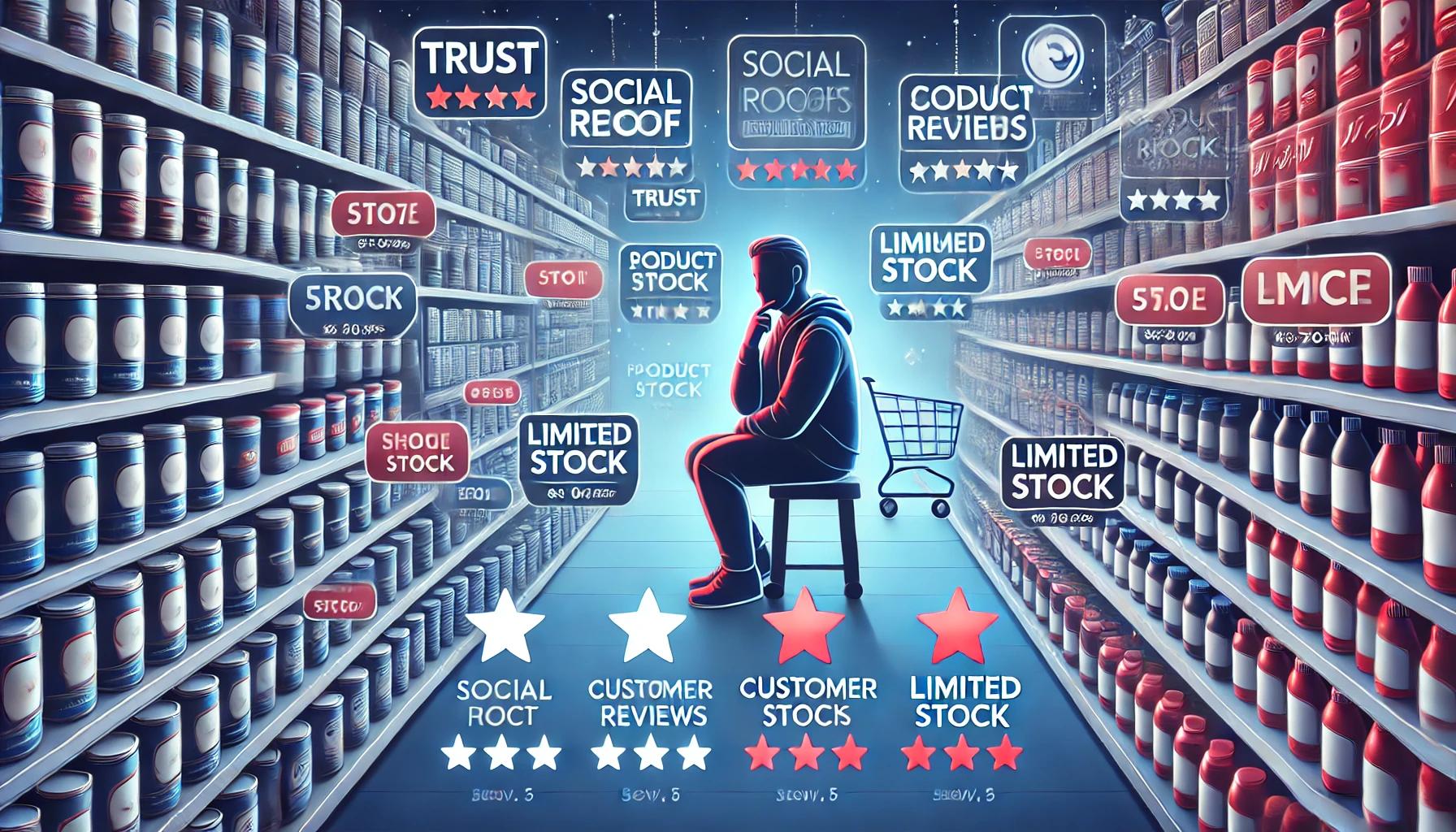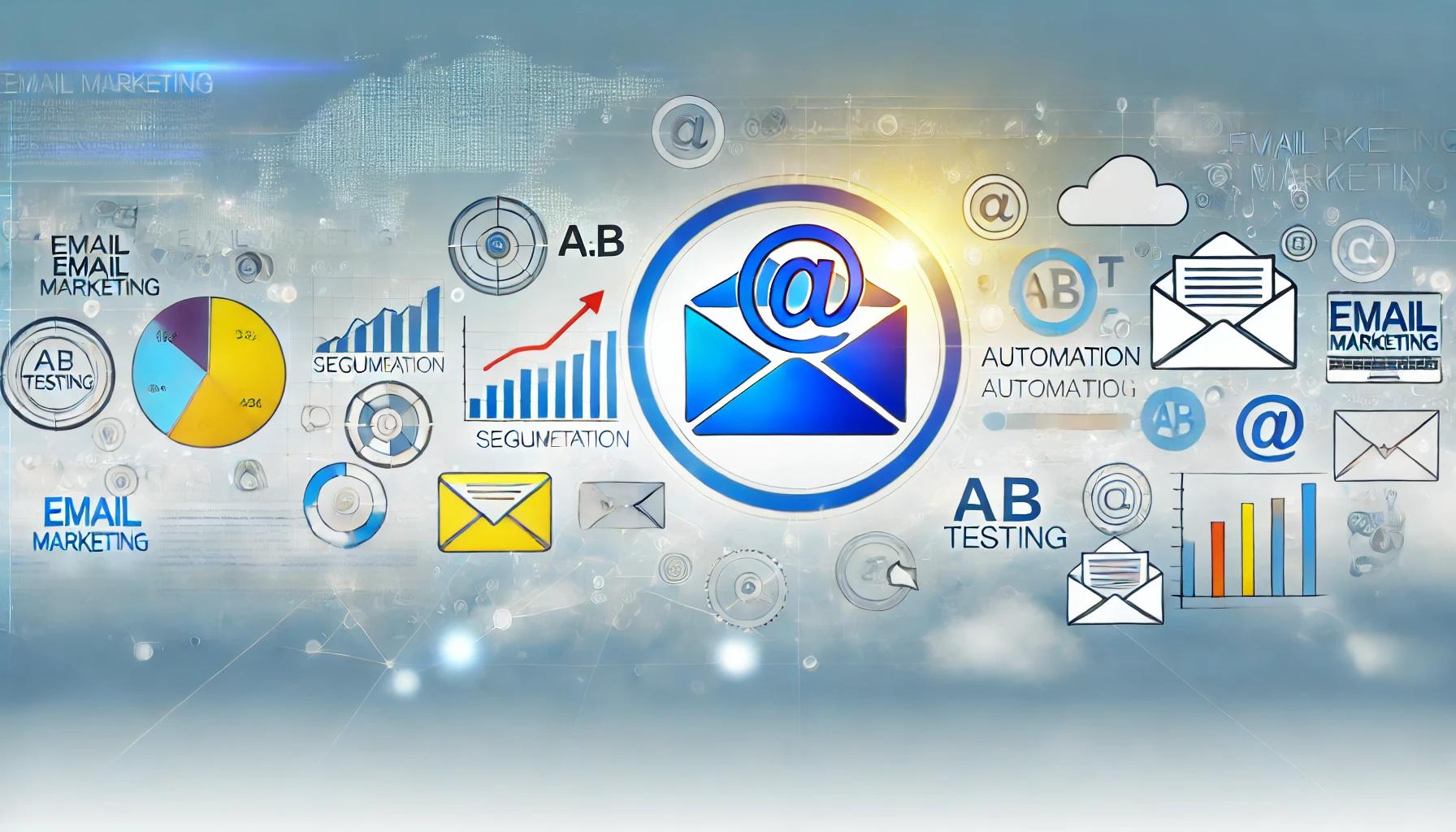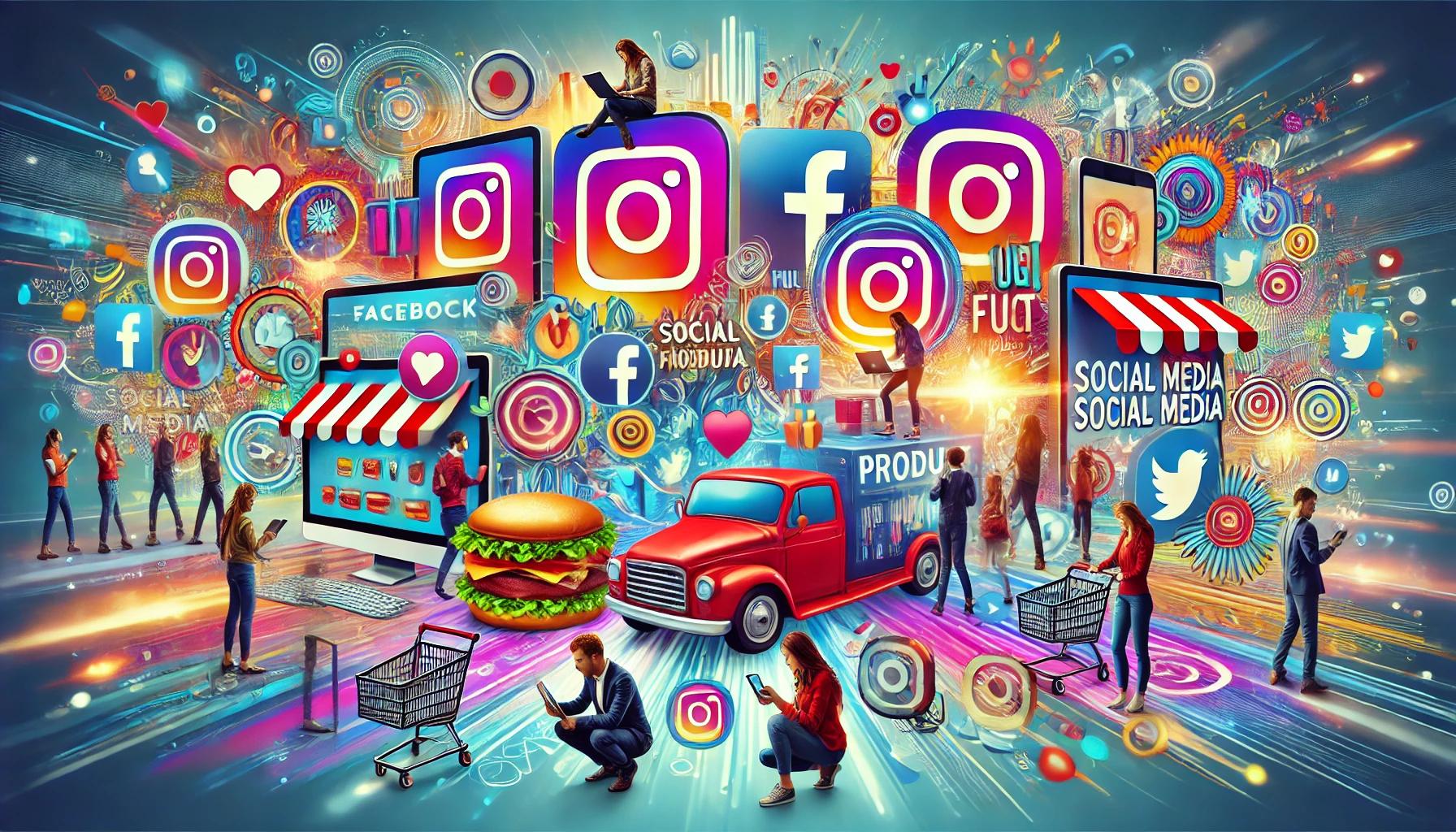How to Build a Successful E-Commerce Strategy? Steps and Key Aspects
Introduction
E-commerce continues to evolve rapidly, transforming the way people conduct business. To compete effectively in this space, it's crucial not only to create a high-quality product but also to develop a clear strategy for promoting and growing your business in the online environment. In this article, we will explore the key steps and aspects that will help you build a successful e-commerce strategy.
Steps to Create a Successful E-Commerce Strategy
1. Market Research and Audience Analysis
One of the most important initial steps is conducting thorough market and audience research. Analyze the demand for your products or services, study your competitors, and determine what unique value you can offer your customers.
The e-commerce market is constantly changing, so understanding current trends and user behavior is critical to success. According to research by McKinsey, companies that invest in understanding their customers’ needs see 85% higher revenue from sales .
2. Choosing the Right E-Commerce Platform
Once you’ve researched your market, the next step is selecting the platform on which to host your online store. Depending on your business size, this could be ready-made solutions like Shopify, WooCommerce, or BigCommerce, or custom-developed platforms for larger companies.
Consider the platform’s customization capabilities, scalability, ease of integration with other tools (such as CRM and ERP systems), and data security. The platform you choose will directly impact your store’s user experience and performance.
3. UX/UI Design and Site Usability
A user-friendly and intuitive interface (UI) combined with a positive user experience (UX) is crucial for retaining customers. Poor navigation, slow page load times, or a complicated checkout process can drive buyers away. Research from the Baymard Institute shows that about 70% of online shoppers abandon their carts before completing a purchase due to an inconvenient process .
Therefore, it’s essential to optimize all aspects of user interaction, from easy product searches to minimizing steps during checkout.
4. Integrating Analytics Tools
You cannot assess the success of an e-commerce strategy without accurate data and analytics. Tools like Google Analytics help track visitor behavior on your site, analyze conversions, and identify bottlenecks in the customer journey.
Implementing analytical solutions also allows you to better understand the effectiveness of your marketing campaigns and adjust your strategy to achieve better results.
5. Developing a Marketing Strategy
A proper marketing strategy is key to success in e-commerce, driving traffic and increasing conversion rates. Consider the following channels:
- SEO (Search Engine Optimization): In the long term, organic traffic remains one of the most cost-effective sources. Optimizing your site for search engines involves working on site structure, content, and external links.
- Pay-Per-Click Advertising (PPC): Google Ads, social media advertising, and other platforms allow you to quickly get targeted traffic, but they require careful planning and analysis.
- Email Marketing: One of the most effective tools for customer retention and increasing LTV (Lifetime Value). According to DMA, the average ROI for email marketing is $42 for every dollar spent .
- SMM and Content Marketing: Social media and blogs help build customer loyalty and create a "community" around your brand.
6. Logistics and Order Fulfillment
The quality and speed of delivery are often decisive factors for customers when choosing an online store. With the growth of the e-commerce market, customer expectations regarding delivery speed have increased. Companies like Amazon have set a high standard for fast shipping, making logistics optimization a critical part of your strategy.
Order management systems (OMS), integration with courier services, and an efficient returns process ensure high-quality service and customer retention.
7. Mobile Optimization
According to Statista, about 54% of all internet purchases are made via mobile devices . Therefore, mobile optimization of your site is not just an option but a necessity. Your online store must be fully responsive, providing a convenient and fast shopping experience from a mobile phone.
8. Conversion Rate Optimization (CRO)
To successfully grow your e-commerce business, constantly analyze and optimize your sales funnel. Use A/B testing to evaluate different elements of your site — from button text to color schemes — to find what works best for increasing conversions.
9. Reputation Management and Customer Feedback
Reviews and customer recommendations play a significant role in purchase decisions. Develop a system for gathering feedback, encourage satisfied customers to leave reviews, and address negative experiences quickly.
According to BrightLocal, about 88% of consumers trust online reviews as much as personal recommendations .
Conclusion
Building a successful e-commerce strategy requires a comprehensive approach, including thorough market analysis, an effective marketing campaign, a user-friendly website, and high-quality customer service. Continuous monitoring, data analysis, and flexibility will help you adapt to changes and achieve long-term success.


.jpeg)
.jpeg)





